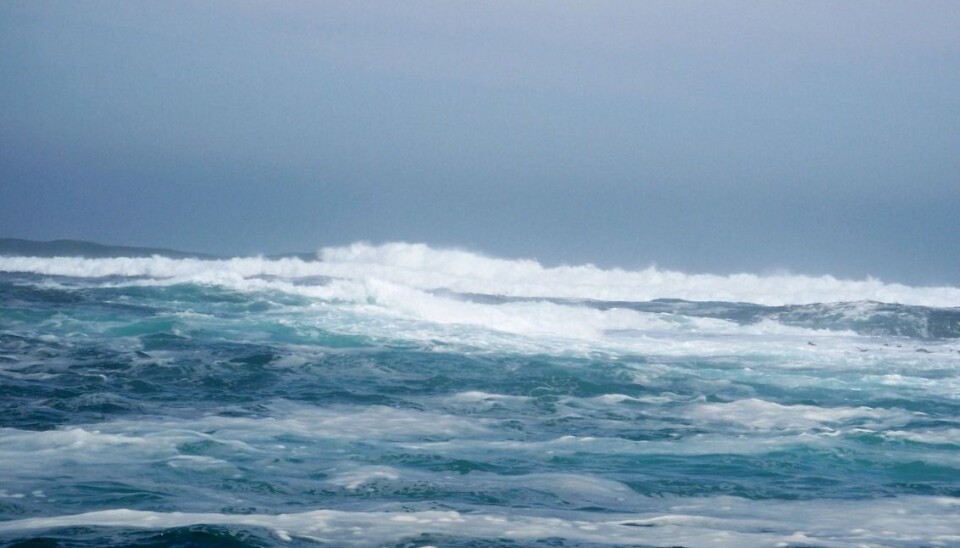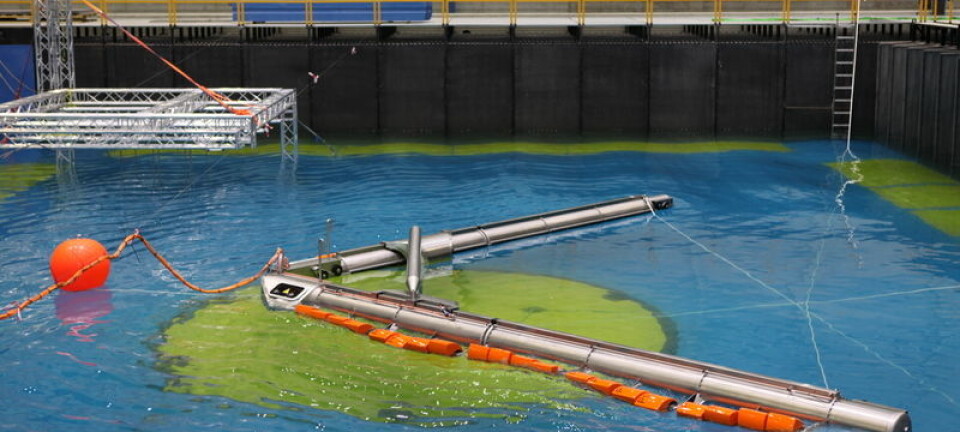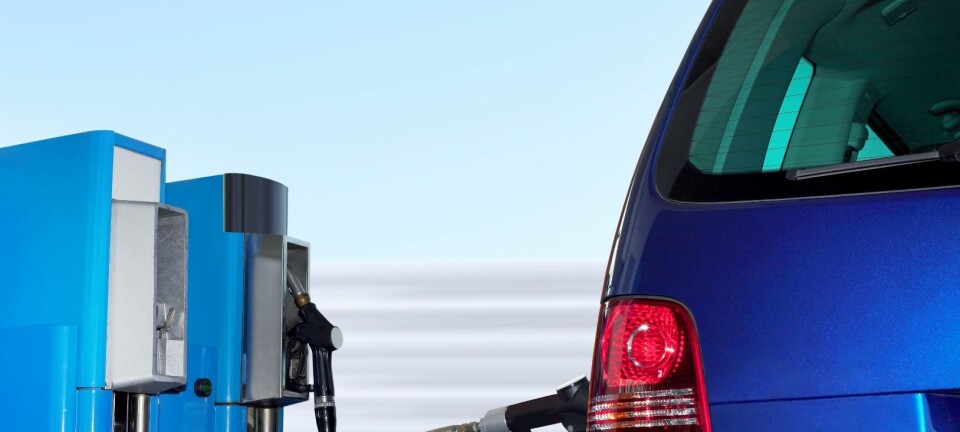An article from Norwegian SciTech News at SINTEF

Creating the next generation power stations
New membrane technology and long-term trials will bring another source of renewable energy one step closer to viability.
Denne artikkelen er over ti år gammel og kan inneholde utdatert informasjon.
Osmotic power generation is a renewable energy source which results in no pollution of the atmosphere and only moderate emissions to the sea.
Globally, the energy generating potential of osmotic generation is estimated at around 1,650 TWh, which corresponds to around 12 times Norway’s annual energy production.
“The energy source is also predictable, compared with wind, wave, tidal and solar generation,” says Edvard Sivertsen, project manager in SINTEF Building and Infrastructure.
He and his colleagues will now collaborate with Statkraft and a number of membrane manufacturers to test and optimise the membranes which form the basis of the technology.
Fresh and salt water mixed

The principle of osmotic power generation is the release of so-called “mixing energy” when fresh water is mixed with salt water. An osmotic generating station uses a semi-permeable membrane to extract this energy.
Sivertsen explains that when fresh water is mixed with salt water, energy is released. To make use of that energy, seawater and fresh water must meet on either side of a membrane and the pressure on the seawater side must be higher.
Fresh water will then permeate through the membrane to the seawater side, resulting in an increase in pressure on this side of the membrane. The increased water pressure is used to drive a turbine and generate electrical energy.
“The challenge is getting the membrane to allow the passage of water while keeping salt out. In other words, a good membrane will have ‘conflicting’ properties,” says Sivertsen.
Other challenges will be to create a membrane which is both effective enough and durable enough to tolerate operation over a long period.
This is no simple task: an osmotic power station corresponding to a moderate-sized hydroelectric plant will need membranes which are many times larger than the largest desalination installations so far constructed.
Compact solution
Sivertsen says to achieve the required energy efficiency, as much as five million square metres of membrane will be needed to operate an osmotic generating plant with a production output of 25 MW.
He points out that this will be achieved by packing membranes in special modules, with each cubic metre of module containing up to 1000 square metres of membrane. This makes it possible to construct compact generating plants which make efficient use of area.
Hunting for the right properties
The researchers are now working on investigating the characteristics of membranes to determine their technical performance.
Sivertsen says the membranes are around a tenth of a millimetre thick and consist principally of two layers.
One layer has the separating characteristics which enable water to pass through, while salt does not. The other layer acts as a supporting structure for the separating membrane.
The SINTEF research has demonstrated that the supporting structure of a membrane has more influence on the efficiency of the membrane than initially assumed.
“We have a laboratory which was constructed for the purpose of testing membranes,” says Sivertsen. “We have also developed modelling applications which describe the transport of water and salt through a membrane.”
The combination of experimental testing and modelling of the results provides valuable knowledge of the properties of the various membranes.
However, it isn’t only the membrane that affects the energy production of an osmotic power station: among other things, organic material in the water used in the plant may also cause problems.
Water in rivers and lakes contains both dissolved substances and particulate matter which can cause fouling of the membrane.
“One of the main activities in this project will be to carry out testing both in the field and under controlled conditions in the laboratory,” explains Sivertsen.
This will provide knowledge of the effect such contamination has on the efficiency of the membrane over a period of time.
Old idea
The idea of osmotic power generation arose around 1950, and about 20 years later a number of theories were published regarding the energy generation potential of the method.
This attracted the interest of two SINTEF research scientists, Thorleif Holt and Thor Thorsen, who began looking into the concept in the early 1980s and who have since been working to create a viable method of producing renewable energy based on osmosis.
“The first research project began at SINTEF in 1997,” says Geir Brekke, technical manager for osmotic power generation in Statkraft.
Since then activities have carried on continuously in the field of osmotic power generation and SINTEF currently has world-leading expertise in this field.
Recognition of expertise
During the last five years, the number of research establishments studying membrane applications using osmosis and pressure-retarded osmosis has increased significantly worldwide.
The new project has a budget of €1.5 million and will be financed by Statkraft and the Research Council of Norway’s RENERGI programme.
---------------------------------------------------
Read this article in Norwegian at forskning.no
































